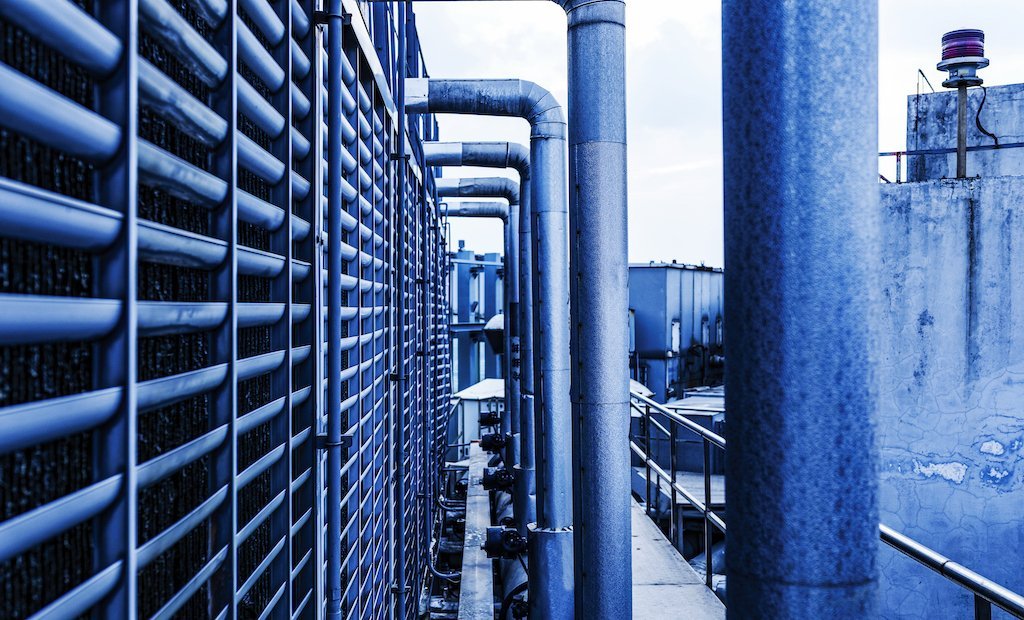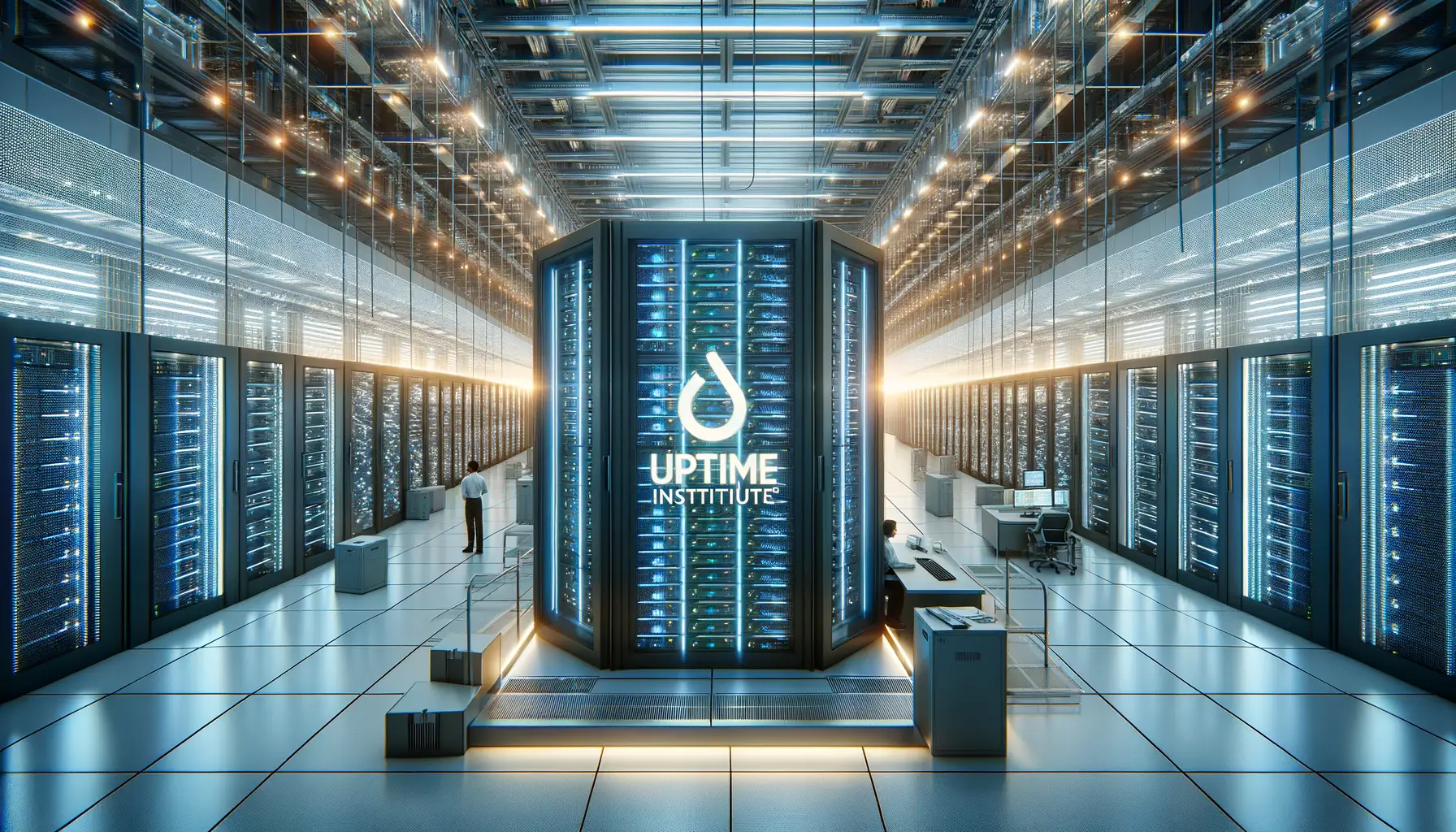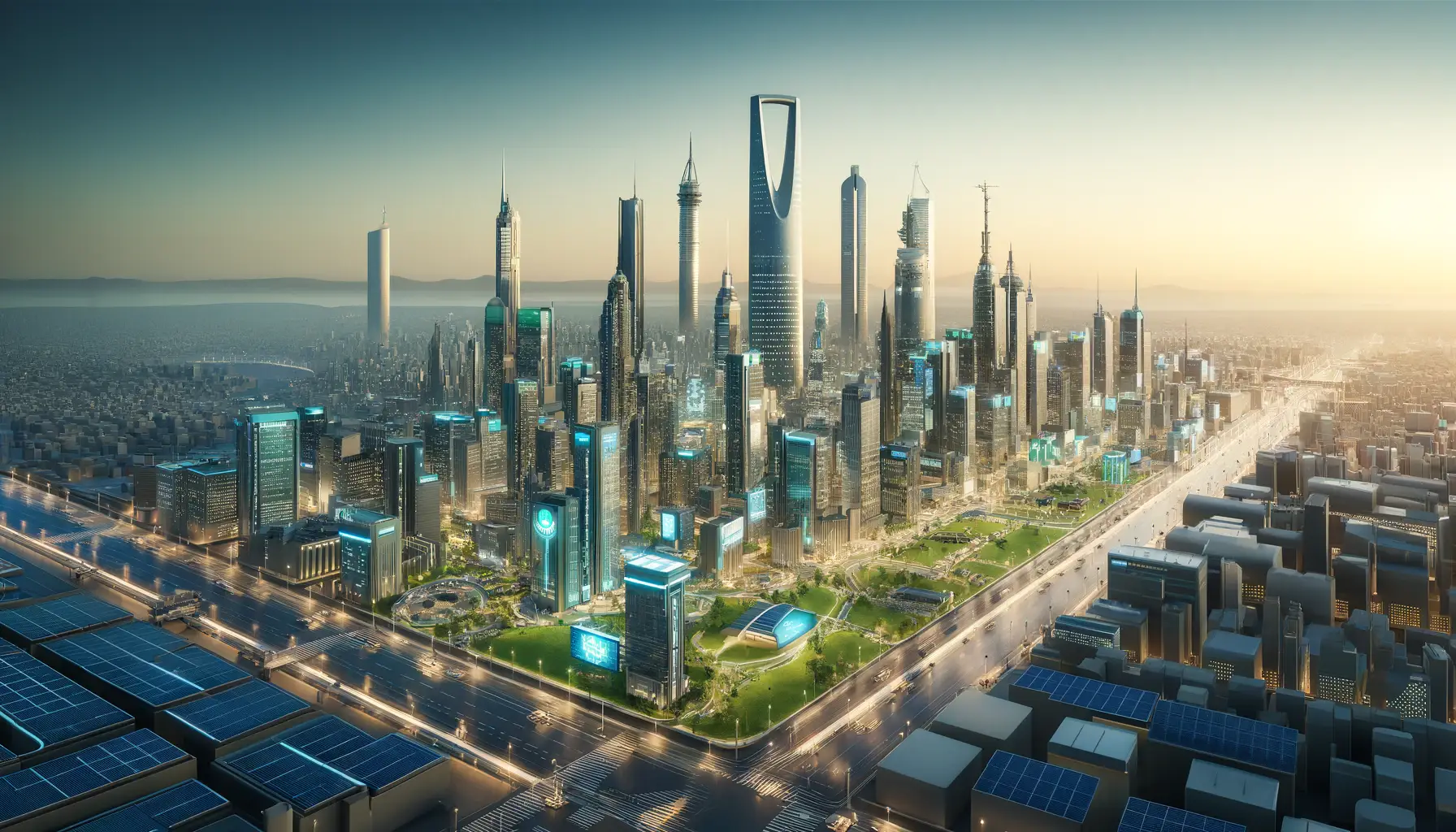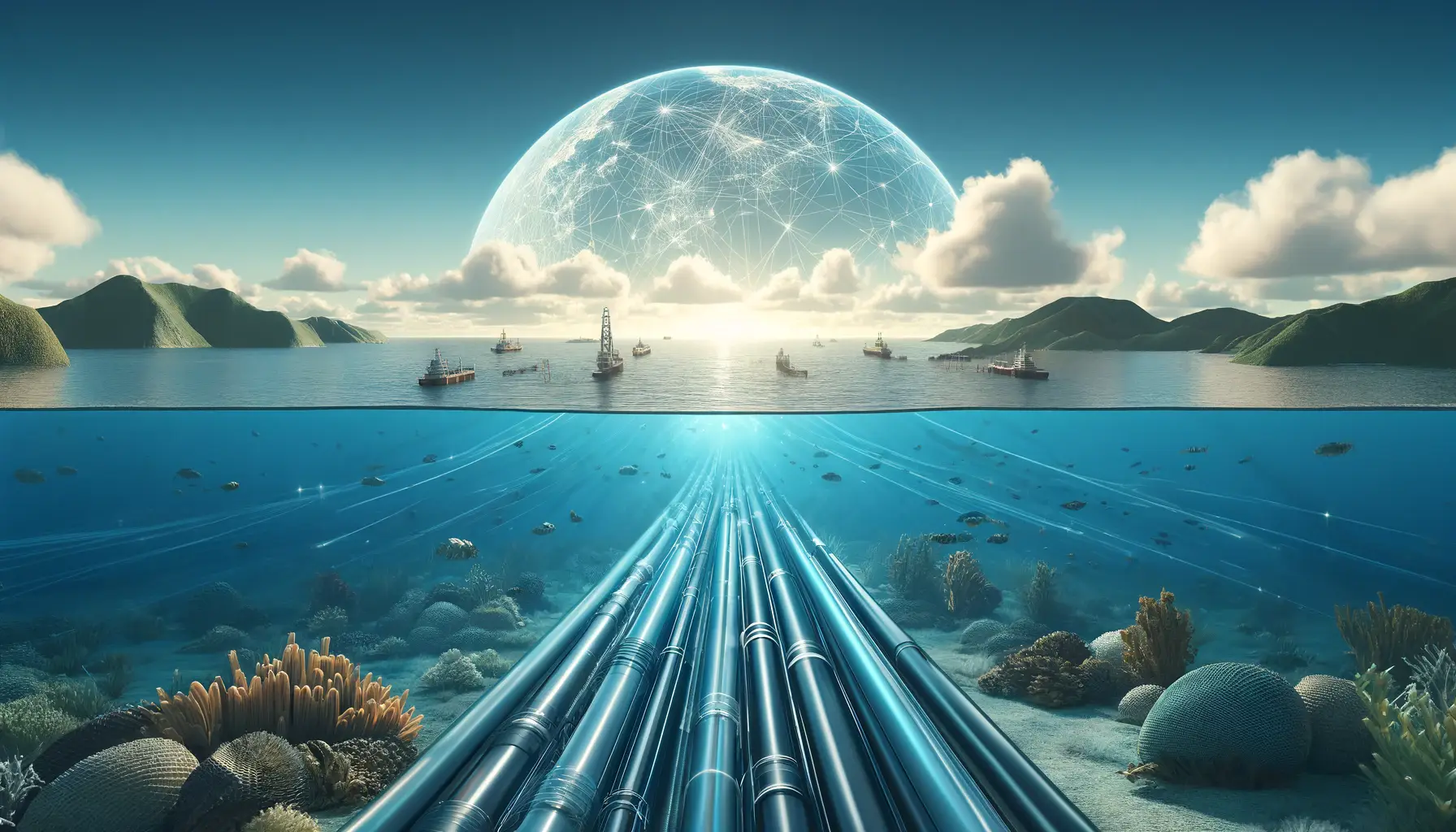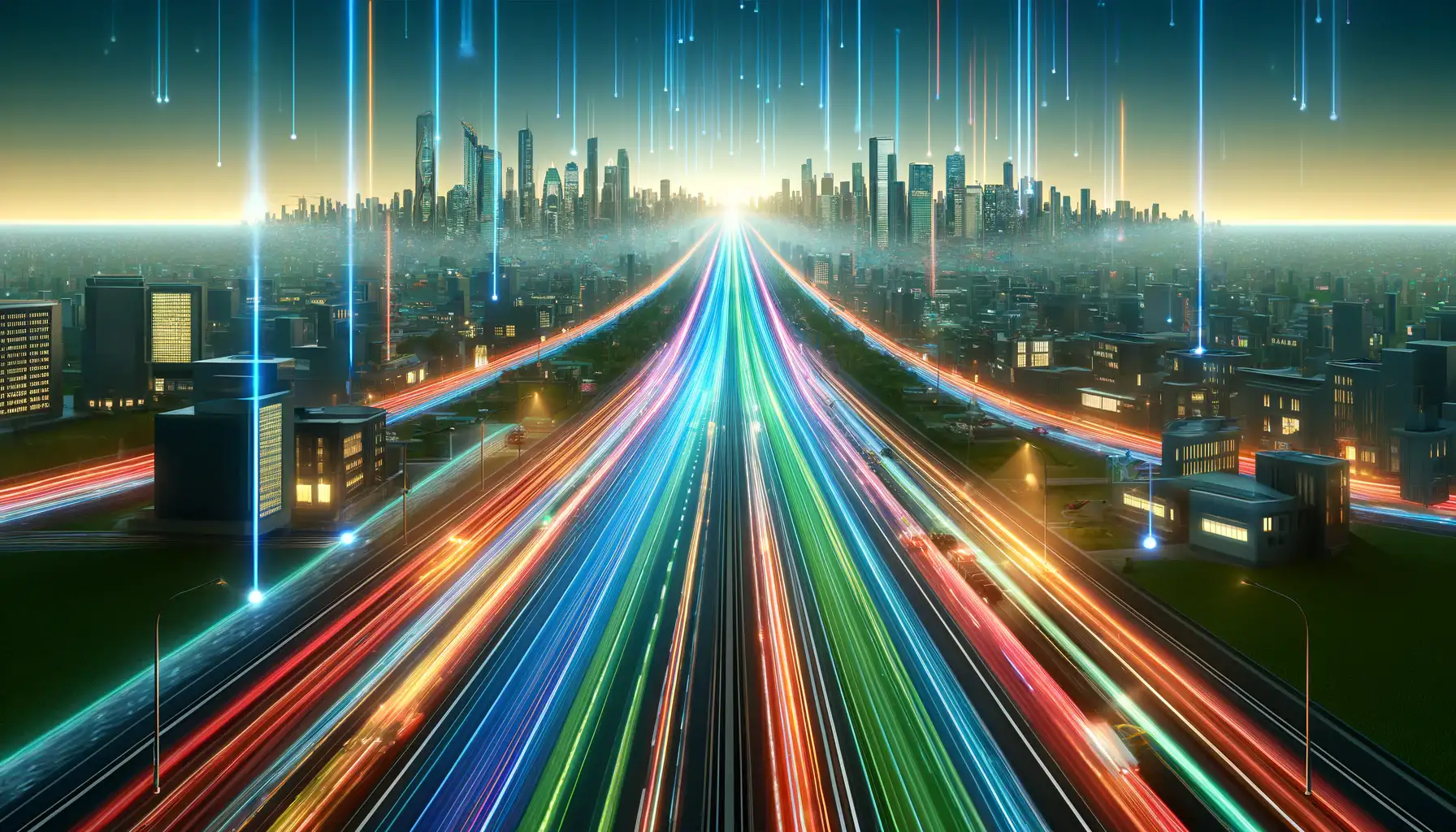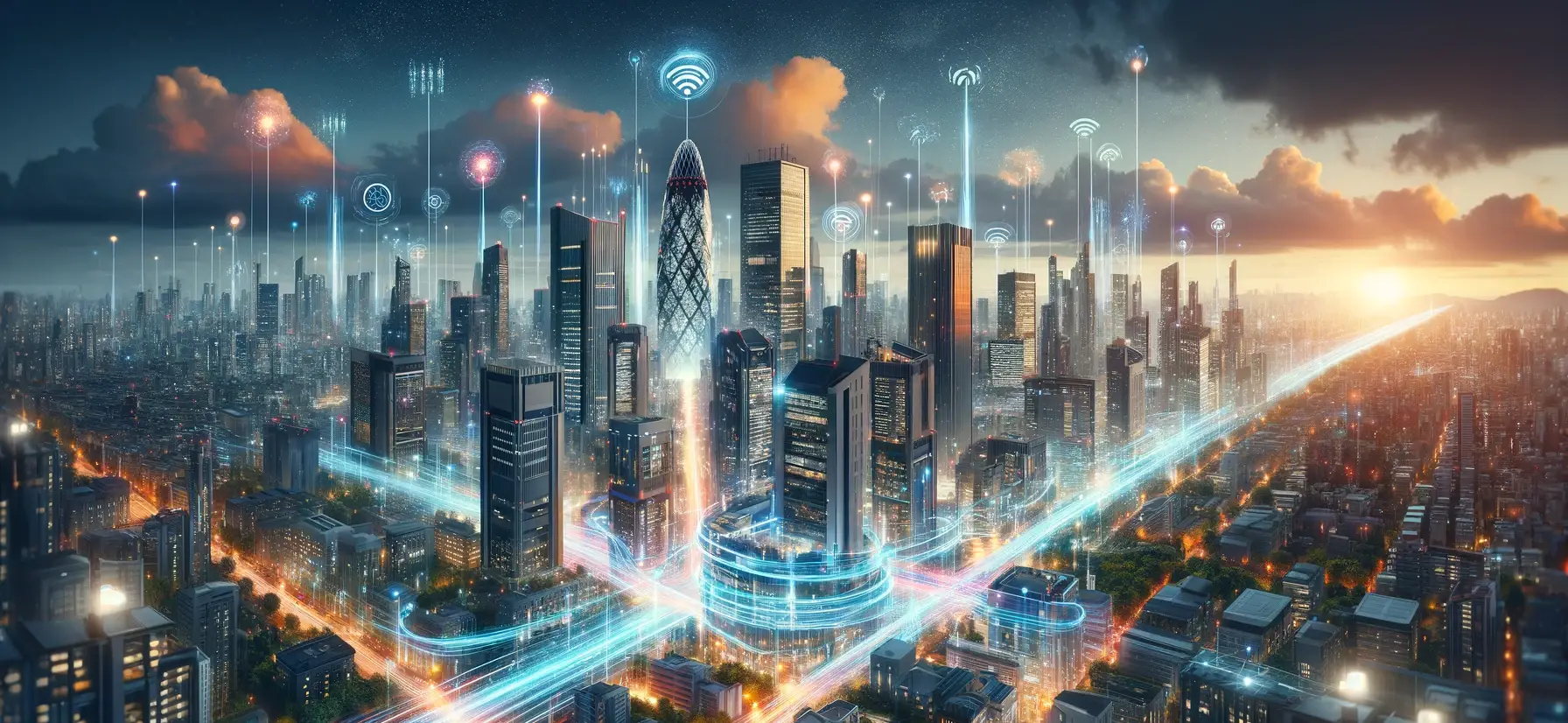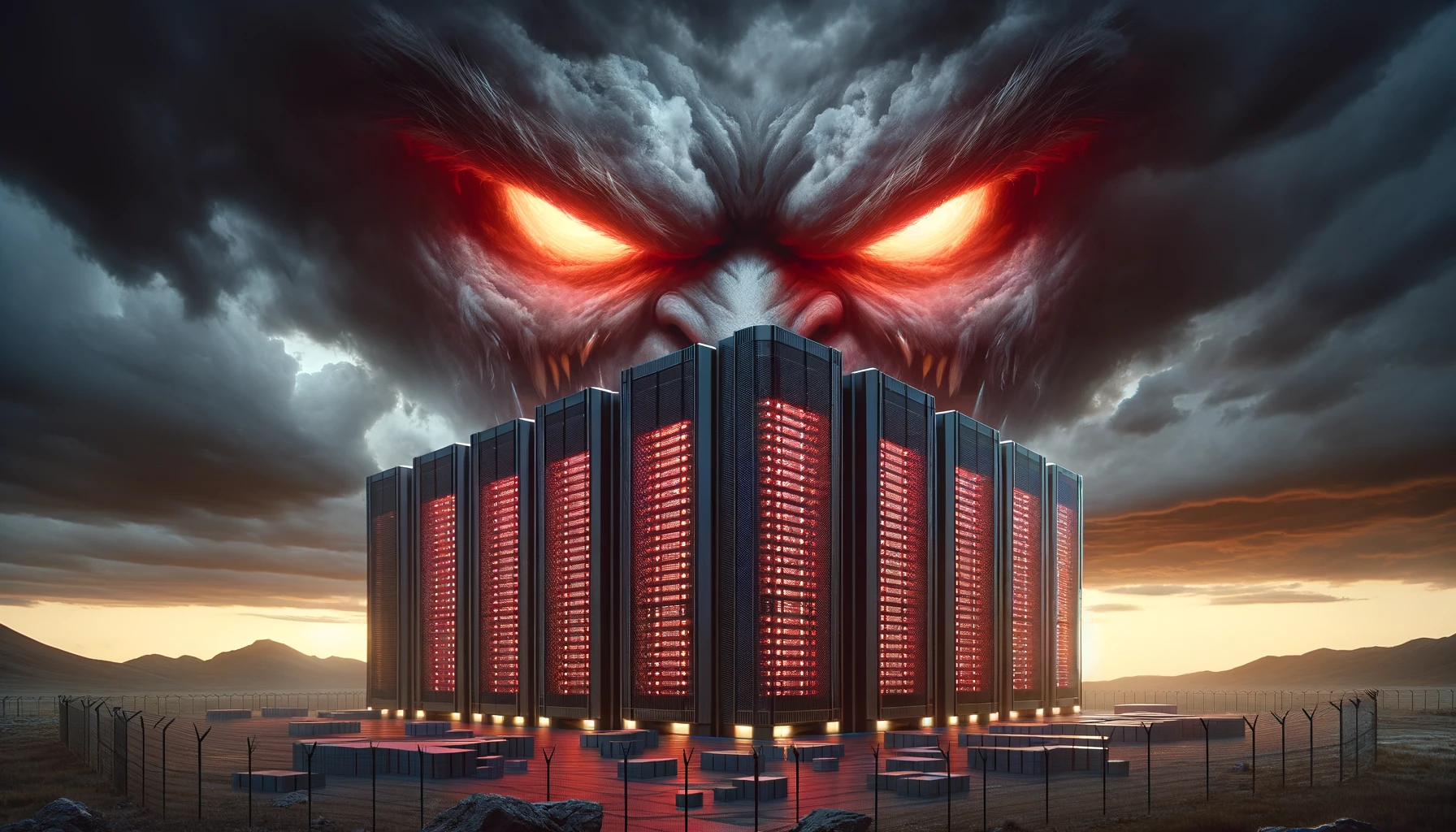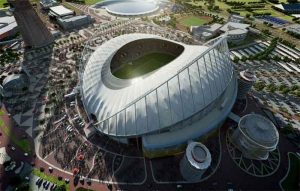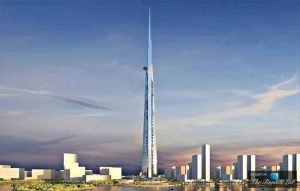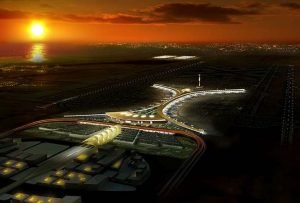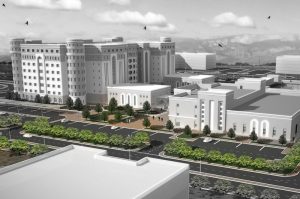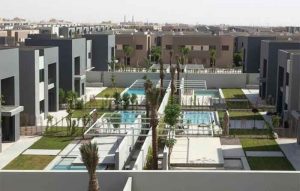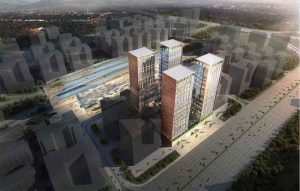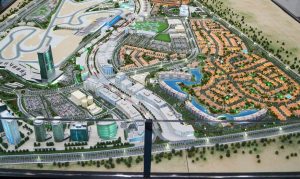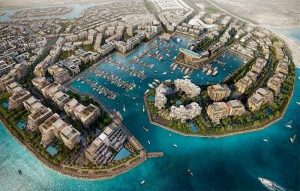Introduction
As cities around the world continue to grow in size and population, the demand for energy and resources rises exponentially. This rapid urbanization has led to increased pressure on infrastructure, particularly in the realm of energy consumption and environmental sustainability. In response to these challenges, smart city initiatives are being implemented globally, aiming to enhance efficiency, sustainability, and quality of life for urban residents. One crucial component of smart city infrastructure solutions is district cooling.
District Cooling Defined
District cooling is a centralized cooling system that provides chilled water through a network of underground pipes to multiple buildings within a designated area. Unlike traditional air conditioning systems that rely on individual units for each building, district cooling offers a more efficient and sustainable alternative by leveraging economies of scale and advanced technology.
Key Components and Operation
Benefits of District Cooling in Smart Cities
1. Energy Efficiency: District cooling systems are inherently more energy-efficient than traditional air conditioning units due to centralized cooling generation. By utilizing high-efficiency chillers and optimizing operation, district cooling can significantly reduce energy consumption and greenhouse gas emissions.
2. Cost Savings: Through economies of scale, district cooling systems can achieve cost savings for both developers and end-users. Developers benefit from reduced upfront capital costs and operational expenses, while building owners and tenants enjoy lower cooling costs compared to individual air conditioning units.
3. Reliability and Resilience: Centralized cooling plants are engineered for reliability and redundancy, ensuring uninterrupted cooling supply even during peak demand or equipment failures. This reliability enhances the resilience of urban infrastructure, critical for the uninterrupted operation of essential services in smart cities.
4. Environmental Sustainability: District cooling contributes to environmental sustainability by reducing the carbon footprint of cooling operations. By centralizing cooling generation, district cooling systems enable the integration of renewable energy sources, such as solar or geothermal, further reducing reliance on fossil fuels and mitigating climate change impacts.
5. Urban Planning and Space Optimization: The centralized nature of district cooling infrastructure frees up valuable urban space by eliminating the need for individual cooling units on rooftops or within buildings. This space can be repurposed for green roofs, recreational areas, or additional development, contributing to a more livable and sustainable urban environment.
6. Integration with Smart Grids: District cooling systems can integrate seamlessly with smart grid technologies, enabling demand response and load balancing to optimize energy usage and grid stability. By leveraging real-time data and advanced control algorithms, district cooling operators can dynamically adjust cooling supply to match fluctuating demand patterns, maximizing efficiency and reducing operational costs.
Case Studies and Success Stories
Several cities around the world have successfully implemented district cooling as part of their smart city infrastructure solutions. For example, Dubai’s Emirates Central Cooling Systems Corporation (Empower) operates one of the world’s largest district cooling networks, iconic landmarks in Dubai such as the Burj Khalifa and Dubai Mall are cooled by district cooling plants. Similarly, cities like Singapore, Stockholm, and Toronto have embraced district cooling to enhance energy efficiency and sustainability in urban environments.
Conclusion
District cooling plays a pivotal role in smart city infrastructure solutions by offering energy-efficient, cost-effective, and environmentally sustainable cooling services to urban communities. As cities continue to evolve and expand, the adoption of district cooling systems will be instrumental in achieving the goals of sustainability, resilience, and livability in the urban environment. By leveraging advanced technology, collaborative partnerships, and strategic planning, district cooling can contribute significantly to the transformation of cities into smarter, greener, and more sustainable urban habitats.



